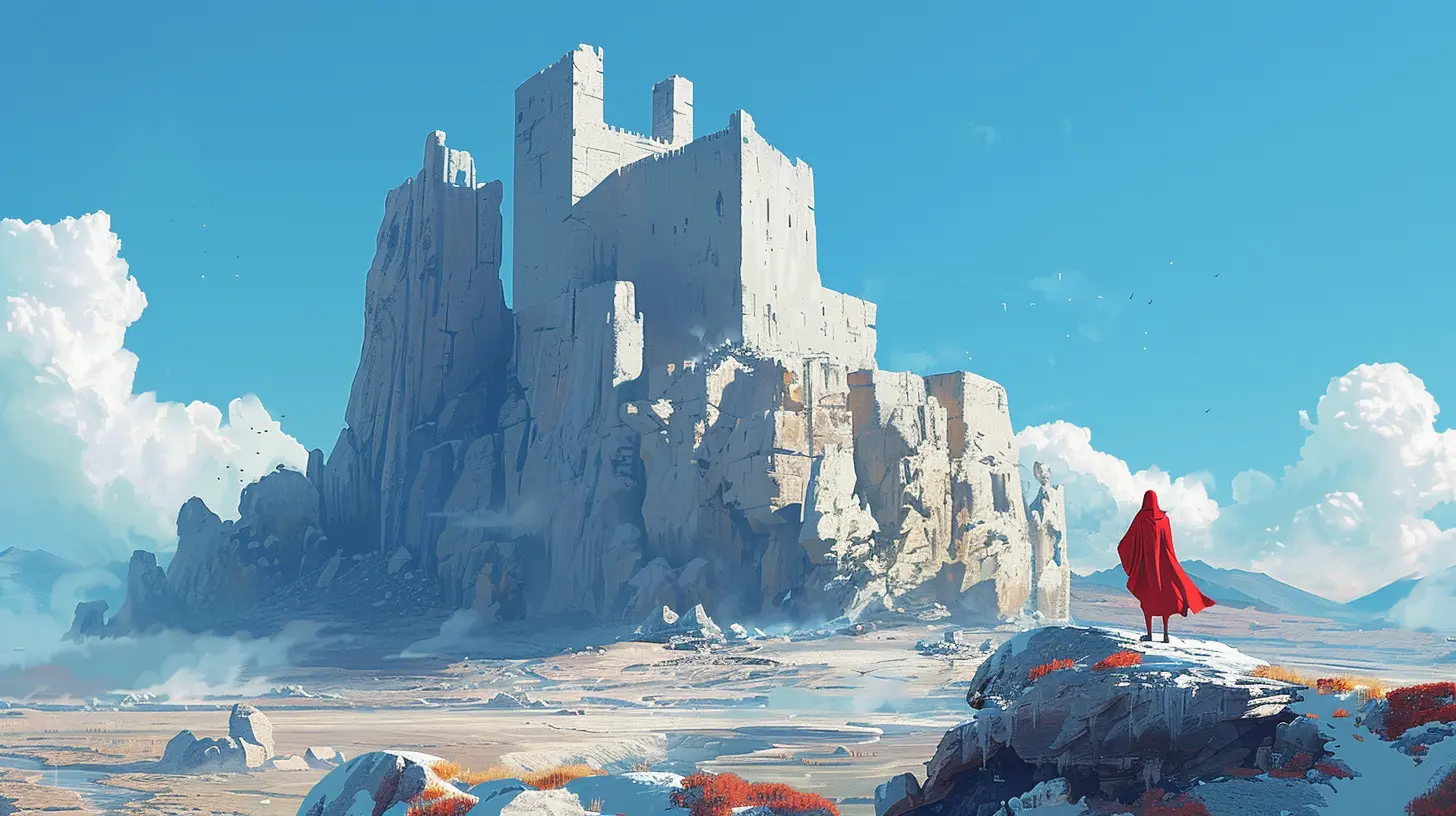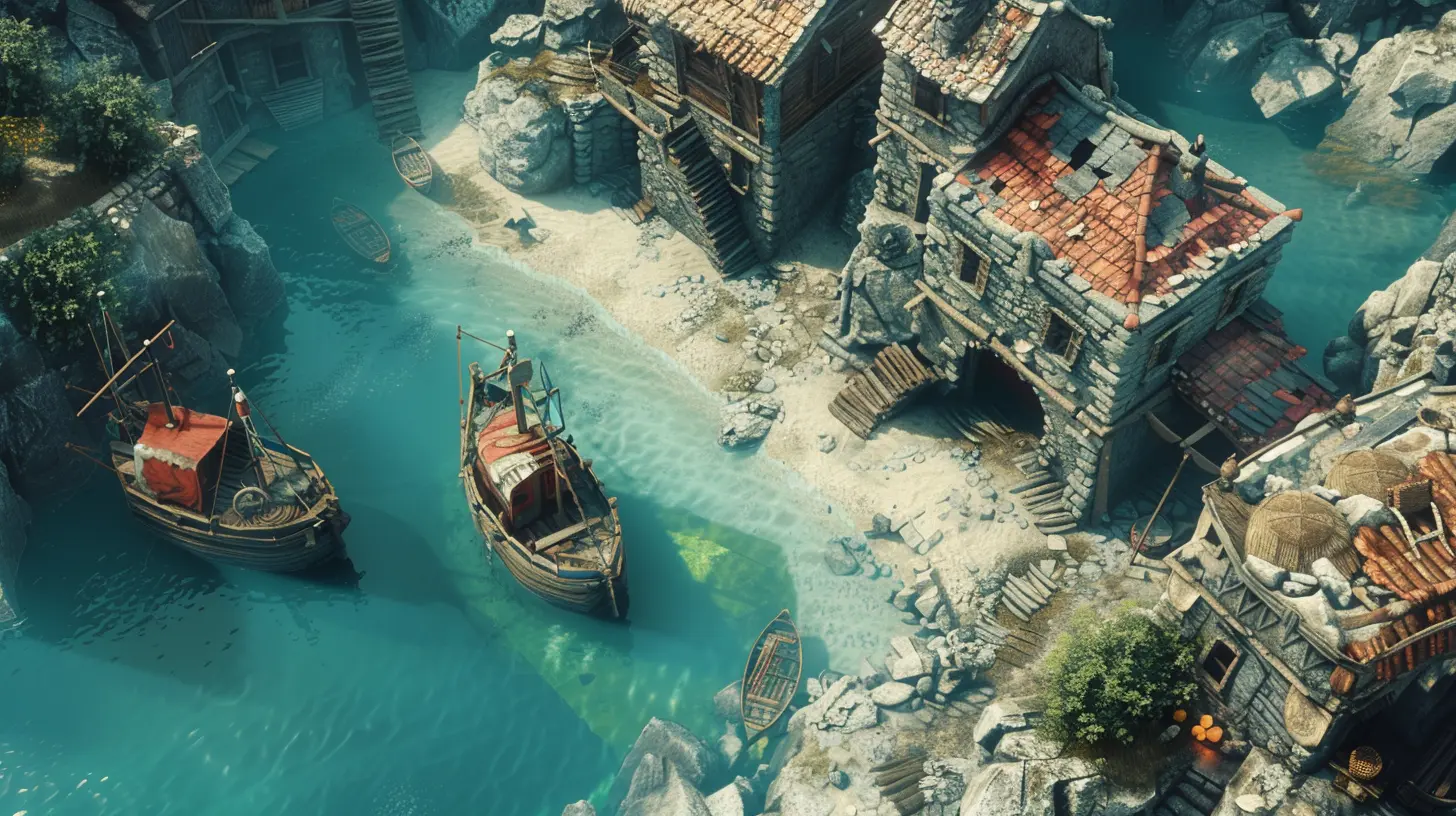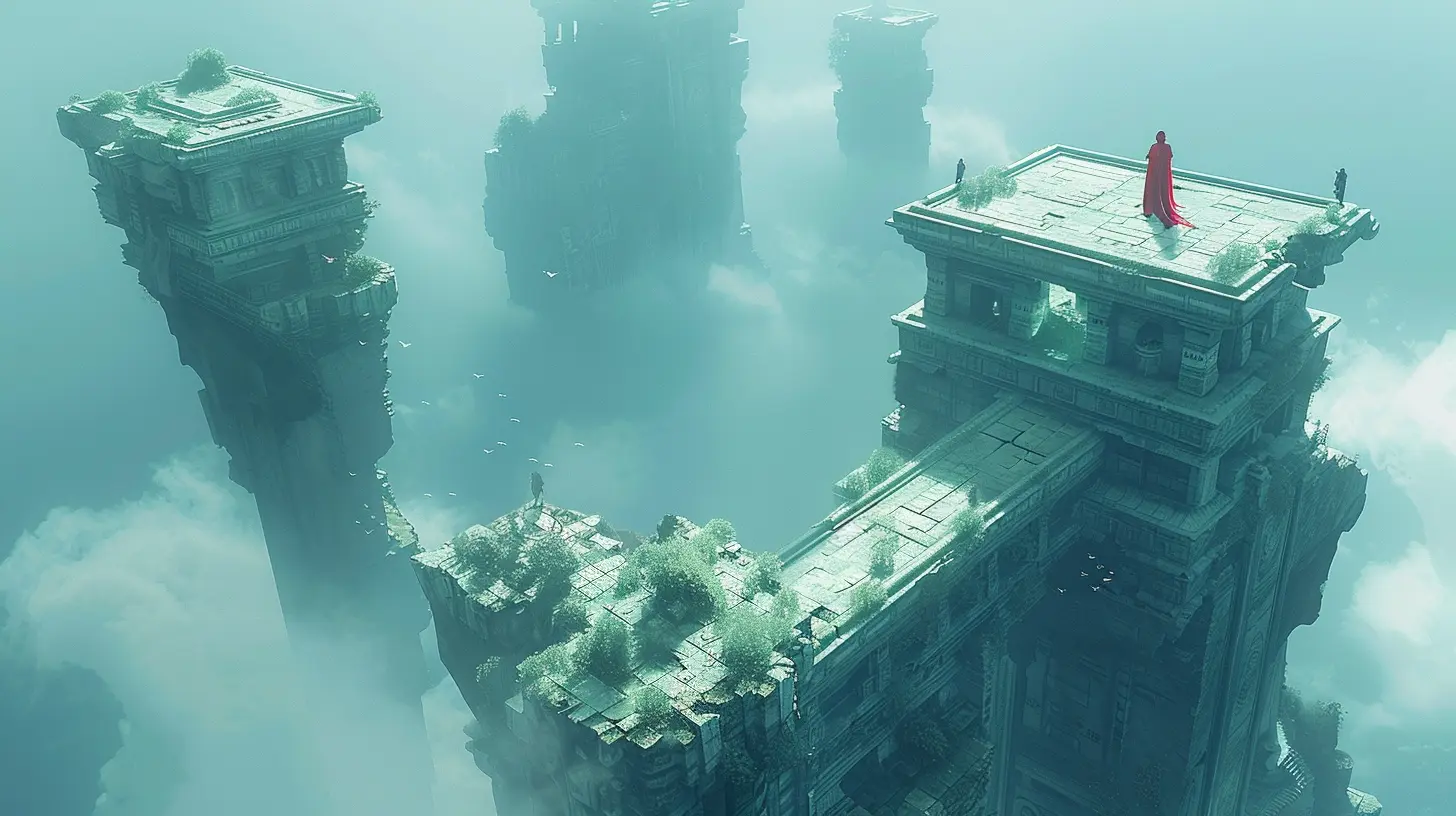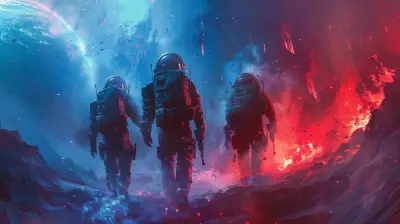Top 5 Game Mechanics that Make Sandbox Games So Addictive
28 June 2025
Have you ever found yourself glued to your screen, telling yourself "just five more minutes," only to realize it's suddenly 3 a.m.? That, my friend, is the hallmark of a great sandbox game. Sandbox games have a unique way of pulling us into their worlds, where it feels like the reins are entirely in our hands. At their core, these games give us freedom, creativity, and the opportunity to tell our own stories—without holding our hands too much.
But what exactly makes sandbox games so addictive? Why do games like "Minecraft," "Grand Theft Auto V," or "Terraria" hold such sway over us? Well, buckle up, because today we’re diving deep into the top five game mechanics that make sandbox games absolutely irresistible. 
1. Player Freedom: Be Who You Want, Do What You Want
Imagine standing at the edge of an open field with no one telling you where to go, what to do, or how to do it. That’s the essence of freedom in sandbox games. Unlike linear games that guide you down a single path, sandbox games hand you the keys and say, "Go nuts."Whether you want to build a towering castle brick-by-brick in "Minecraft" or create chaos in the streets of "GTA V," the control is entirely yours. This mechanic taps into our innate desire for autonomy. It's like being handed a blank canvas and a palette of paints—you’re free to create your masterpiece, no strings attached.
The best sandbox games don’t assume there’s one “right” way to do something. Instead, they embrace the chaos of letting players make their own decisions. Want to build a thriving farm in "Stardew Valley"? Go for it. Prefer to spend your time fishing or chatting with the villagers? You can do that instead. It’s liberating, and honestly, a little addicting. 
2. Endless Replayability: The Game Never Truly Ends
Have you ever beaten a game and felt that bittersweet pang of "what now"? Sandbox games avoid that entirely by creating worlds that feel infinite. These games often don’t have a definitive “end” point, which means they stay relevant for as long as you want them to.Take "No Man’s Sky," for instance. Its procedurally generated universe means you could fly from planet to planet for years and still not see it all. Or think about "The Sims"—you can keep building families, designing dream homes, and messing with people’s lives (you know you’ve removed that pool ladder before) forever.
Replayability in sandbox games stems from their dynamic systems. By combining player freedom with unpredictable environments, these games ensure that no two play sessions feel the same. It’s like visiting a theme park with an infinite number of rides—there’s always something new to try. 
3. Creative Building Systems: Let Your Imagination Run Wild
Some of the most addictive sandbox games revolve around building mechanics that let you make anything your heart desires. Whether it’s constructing a skyscraper in "Cities: Skylines" or designing your dream island in "Animal Crossing," the satisfaction of creating something from scratch is unparalleled.Why is this so addictive? Well, humans love to create. It’s baked into our DNA. From crafting tools in prehistoric times to designing towering digital metropolises today, we find joy in building and shaping things. It’s like digital LEGO—each brick you place adds to a sense of accomplishment.
And the best part? These games often let you share your creations with others. I mean, who hasn’t shown off their custom house in "Minecraft" or given their friends a tour of their hard-earned zoo in "Planet Zoo"? The sense of pride you get from turning your ideas into reality is almost unmatched. 
4. Emergent Gameplay: Expect the Unexpected
One of the most beautiful aspects of sandbox games is emergent gameplay. This is when the combination of game systems and player actions creates something entirely unexpected. It’s those "what just happened?!" moments that keep us coming back for more.For example, in "Grand Theft Auto V," you might set out to do a simple mission but end up in a high-speed car chase with five-star police attention because one thing led to another. Or in "Kerbal Space Program," where your carefully engineered rocket spectacularly fails and ends up crashing into the moon.
These unscripted moments make sandbox games feel alive. You’re not just following a pre-written story—you’re co-writing it with the game itself. It’s like life: unpredictable, messy, and oh-so-entertaining.
5. Sense of Progression: Small Wins Build Big Addiction
While sandbox games are all about freedom, the really addictive ones also sprinkle in a sense of progression. After all, we all love a little dopamine hit when we achieve something, don’t we?Games like "Terraria" excel at this. You start with nothing but a pickaxe and the clothes on your back, but gradually, you become a world-shaping adventurer with powerful gear and a sprawling base of operations. The progression feels natural and rewarding.
This mechanic is often tied to in-game systems like crafting, resource gathering, and skill trees. They tap into that “just one more thing” mindset—you want to gather a little more wood, craft one last tool, or complete that final quest before logging off for the night. Spoiler: you’ll be logging off much later than you planned.
Progression mechanics keep you hooked, not because the game forces you to grind, but because you genuinely want to see what’s next. It’s like binge-watching your favorite show on Netflix—just one more episode turns into an all-nighter before you know it.
Why Sandbox Games Are the Ultimate Time-Sinks
At the end of the day, sandbox games are addictive because they cater to our need for freedom, creativity, and unpredictability. They don’t force us to play a certain way—they let us write our own stories, our own adventures.Whether you're surviving in "Rust," terraforming in "Planet Crafter," or making questionable life choices in "The Sims," the beauty of sandbox games lies in their versatility. They aren’t just games—they’re platforms for our imaginations to run wild.
And honestly? That’s why we can’t seem to quit them.
all images in this post were generated using AI tools
Category:
Sandbox GamesAuthor:

Tayla Warner
Discussion
rate this article
2 comments
Storm Lopez
Sandbox games: where ‘just one more hour’ turns into ‘whoops, it’s 3 AM!’ Thanks to these mechanics, I’ve officially mastered procrastination. Who needs sleep anyway?
September 22, 2025 at 4:08 PM

Tayla Warner
Absolutely! Sandbox games excel at immersing players in endless possibilities, making it easy to lose track of time. Those engaging mechanics are a double-edged sword for procrastination, but they keep the fun going!
Kenneth Sanchez
Absolutely loved this article! Sandbox games really hook you with their freedom and creativity. The way mechanics like resource gathering and building let us shape our own adventures is just magic. It’s like having a digital playground where the only limit is your imagination. Can’t wait to dive into more!
July 3, 2025 at 2:37 AM

Tayla Warner
Thank you for your kind words! I'm glad you enjoyed the article and appreciate the magic of sandbox games. Happy gaming!

